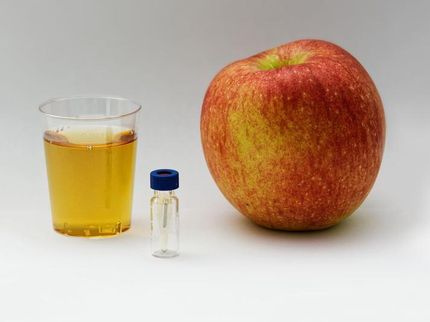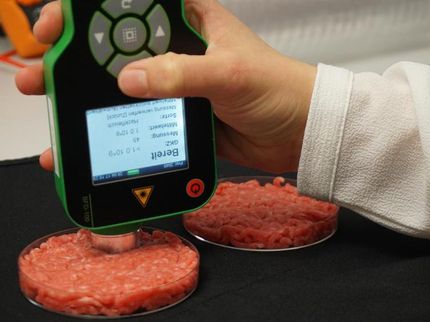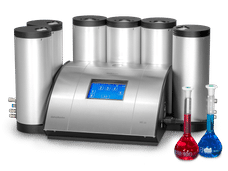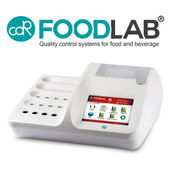X-ray analysis options extended for meat producers
Three versions of the MeatMaster II X-ray fat analyser now available
FOSS announces the MeatMaster II C, a new compact version of the popular MeatMaster II X-ray analyser for fat analysis and foreign object detection.
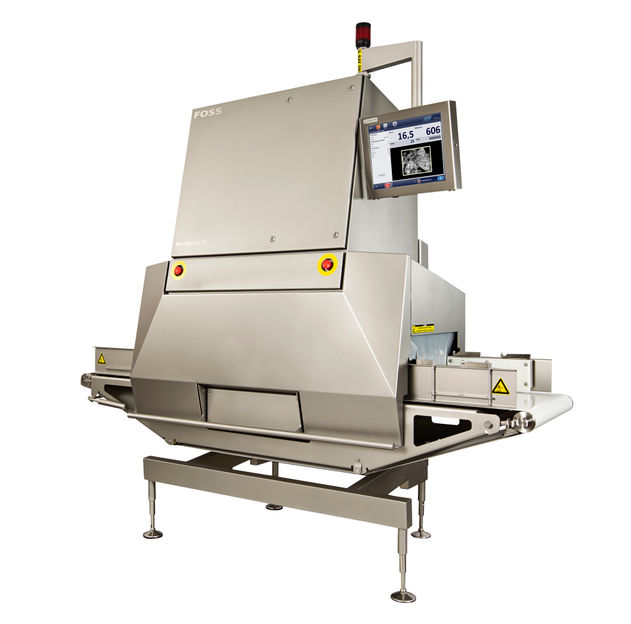
MeatMaster II
Foss
At just over 1.5 metres in length, the MeatMaster II C is nearly a metre shorter than the standard MeatMaster II and is designed to fit into production areas where space is tight. It can measure meat in boxes and trays, blocks of frozen meat and larger meat cuts such as pork bellies and hams.
More MeatMaster options
The new version sits alongside other versions to give meat producers a broader choice of X-ray solutions.
The MeatMaster II AG is another dedicated version which is aimed at producers who need an accurate measurement of the fat content in ground meat as it is transported from the grinder to the mixer.
The standard MeatMaster II remains the most versatile option allowing raft of proven applications including loose meat, meat in cartons, frozen meat, frozen whole meat blocks, whole pork bellies and hams.
All versions measure fat content to within 0.8% or better and also perform foreign object detection of bone down to 5mm and metal detection to 2mm.
Easy to own X-ray
In addition to the new compact version, all aspects of installing and owning an X-ray analyser have been optimised.
Installation can be completed by FOSS local experts in a few days using a supplied calibration. New software options supplied as standard include multi-language interfaces and process control software for fully automated control of batches. The IP69K MeatMaster units are robust and designed for easy cleaning and maintenance. A special cleaning rack for holding all loose items such as the conveyor belt is available for effective routine cleaning at the end of production.
More about X-ray analysis with the MeatMaster
The FOSS MeatMaster introduced X-ray analysis to the meat industry in 2003 and today, there are over 200 installations of MeatMasters at meat producers around the world.
X-ray technology gives a 100% scanning of all meat, regardless of the size of the pieces and whether they are fresh or frozen or packed in sealed plastic or cardboard boxes. Typical uses include control of fat content in raw meat trimmings to avoid lean meat giveaway and batch standardization for production of processed meat products. Innovative software also allows automatic grading of pork belly cuts for bacon production or selection of pork legs for dry ham production which in case of the latter helps to improve the expensive ham-drying process resulting in reduced wasted products.
Typical payback time has been found to be less than a year and case studies show savings of at least around €2500 per day. The savings are made through the more rational use of raw materials with the continuous X-ray test results helping producers to get exactly the right fat/lean mix in their products. This leads both to improved yield and more consistent quality.
Other news from the department business & finance
These products might interest you
Most read news
More news from our other portals
See the theme worlds for related content
Topic World Food Analytics
Food analysis methods enable us to investigate the quality, safety and composition of our food. Whether in the traceability of food, the detection of contaminants or the verification of nutritional information - food analytics plays a crucial role in our health and nutrition. Welcome to the exciting world of food analytics!

Topic World Food Analytics
Food analysis methods enable us to investigate the quality, safety and composition of our food. Whether in the traceability of food, the detection of contaminants or the verification of nutritional information - food analytics plays a crucial role in our health and nutrition. Welcome to the exciting world of food analytics!
